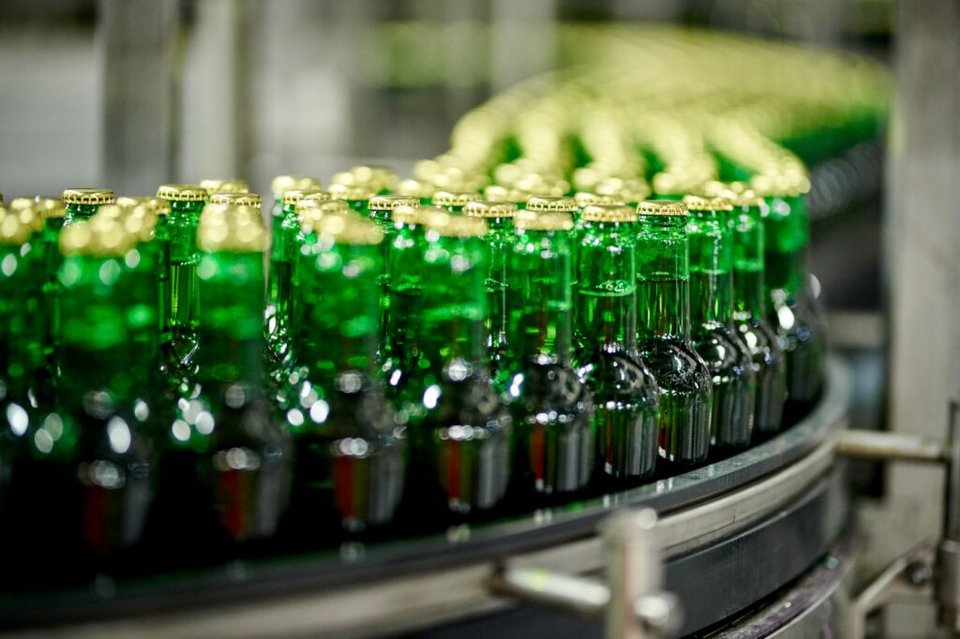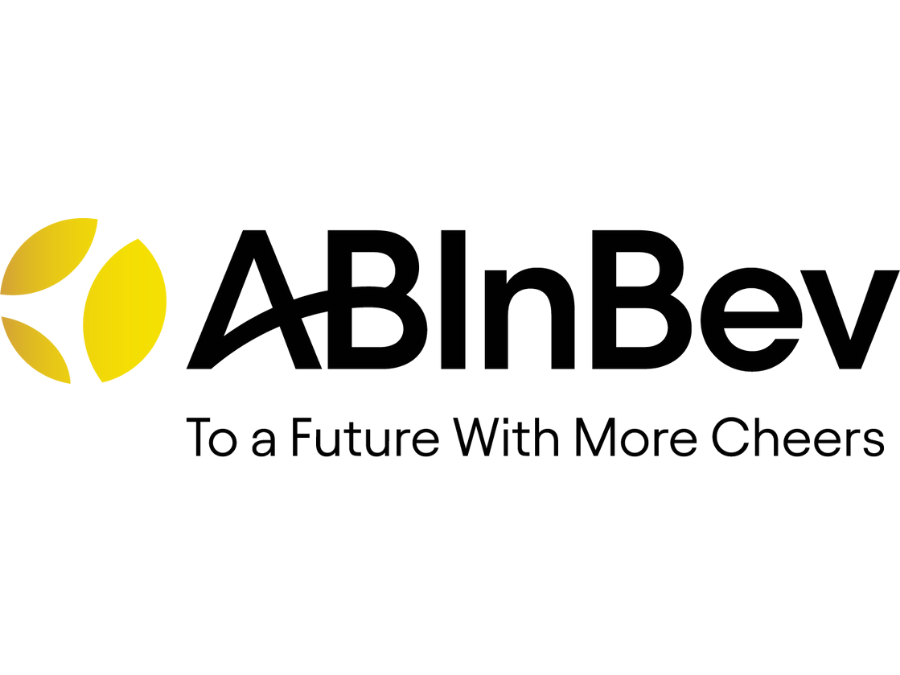
Interview - Supply Chain
“You focus on what you can control”- Anheuser-Busch InBev chief supply officer Peter Kraemer
Just Drinks spoke to the head of Anheuser-Busch InBev's supply operations, Peter Kraemer, about how the supply chain pressures have hit the world's largest brewer.
Just Drinks: You’re a fifth-generation brewer. Is it compulsory in your family?

Peter Kraemer, Anheuser-Busch InBev chief supply officer: My father’s family came from Hungary - his great-grandfather ran a brewery there. When the borders were closed in 1945, the family moved to Germany and settled in a town north of Munich. After my father graduated, his uncle - who was the brewmaster in St Louis when this was our only Anheuser-Busch brewery – told him about a position here. My father came over in 1958 and worked here for 43 years.
I've been around the place since I was a child, and I wanted to follow in his footsteps. Here I am today, 33 years later!
And now, you’re A-B InBev’s chief supply officer.
I'm still our chief brewmaster as well! I started in brewing - my first big project was a non-alcoholic beer. I was the brewmaster for eight years and after that I moved to the corporate office.
When InBev and Anheuser-Busch came together, [then-CEO Carlos] Brito asked me to be the VP of supply for North America, which was basically what I was doing. But, I’m still responsible for the quality of the beer.
Given the increased profile of supply chain in recent months, is this one of the more colourful chapters of your career?
We certainly have a lot going on! It's a large company, so our supply chain reaches pretty far. We have to have raw materials, so we work with farmers. We have to make sure they're growing the right grain, so we have barley research. We have to turn that into malt so we have malthouses. Then, we have to get it to market, so we have the whole logistics operation. In some countries, we go direct to consumer, which is growing.
On top of that, sustainability is critical as well. Resources are limited so it's important for us to use less in our operations.

What's been the biggest cause of sleepless nights for you amongst the post-pandemic supply chain headlines?
There are a lot of challenges out there. For example, climate change is affecting the availability of raw materials - commodity prices are rising. Barley is the largest raw material we buy, and prices are going higher because it's getting harder to grow barley.
A solution for that is we breed varieties that are more resistant, not just to disease, but also to drought. That’s a perfect example of how there's a lot of stress in the marketplace, but there's also something we can do about it. We just need to do more and faster.
There are more stresses out there - As a large company, we ship all over the world. Beer is mostly local, that’s the good news. The amount that we need to ship compared to other companies is probably less because our raw materials are generally local. But, not everything is available everywhere - a classic case would be aluminium for cans. As the availability gets tight and the demand for aluminium goes up - a lot of the automotive industry is using more - it becomes more difficult to manage. We use some very automated tools to manage our inventories to ensure we have good visibility into what we have, where it is, how much we need and when we need it.
That enables us to plan better and to order things sooner, so that we can avoid variability in the supply chain and not have a disruption.
We have taken our inventories up and we have good visibility into the shipping from end to end. We know exactly what’s where and that's enabled us to keep our products in stock.
What tools give you that improved visibility?
A few years ago, we put together what we call ‘logistics centralised processes’. These are 20 things you have to do to run a good logistics operation. One of the first things was planning - there are companies out there that offer very good planning software; we chose one called ‘09’.
In every business unit - that's generally a country – we’ve built a physical planning room where everybody can meet. The first step in planning is to make sure every part of the business is together - commercial, procurement and logistics. You also have to have data with which to make decisions, which is where the software comes in.
We start with demand - We have statistical tools for hands-off planning, which bases market demand on historical demand. That’s enhanced by other factors, such as weather and holidays.
From there, we also get the data about what availability we have in our process - what capacity we have, what raw materials we need and so on. We bring this all together in a plan that shows you the things that are good and the things that are not good.
Scenario planning is also critical – What happens if sales are a little bit more or a little bit less?
It's been a game-changer because it enables you to bring all the teams together to know that you're working on the right things and to adapt your plan based on what you have and don't have. That’s been a major transformation for us.
How are you able to mitigate the pressures of aluminium shortages?
You focus on what you can control. The first thing is the planning - knowing how much you need and when and where you .